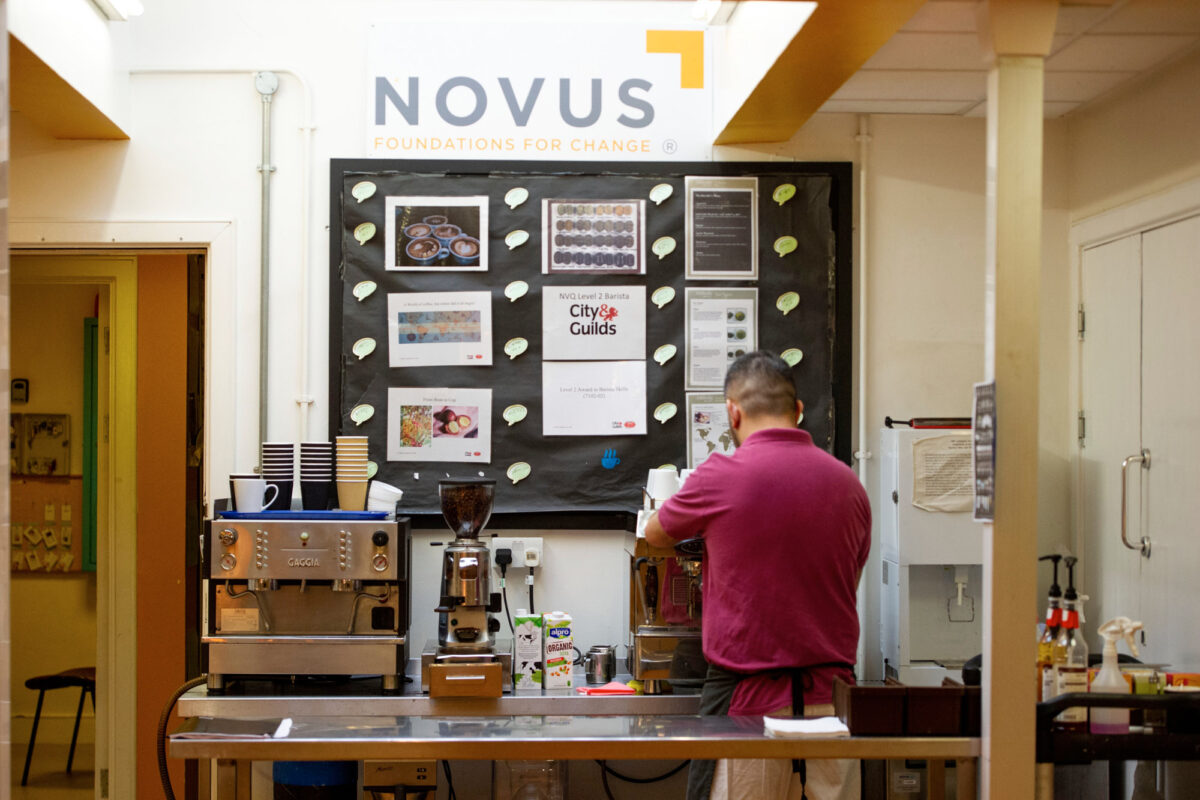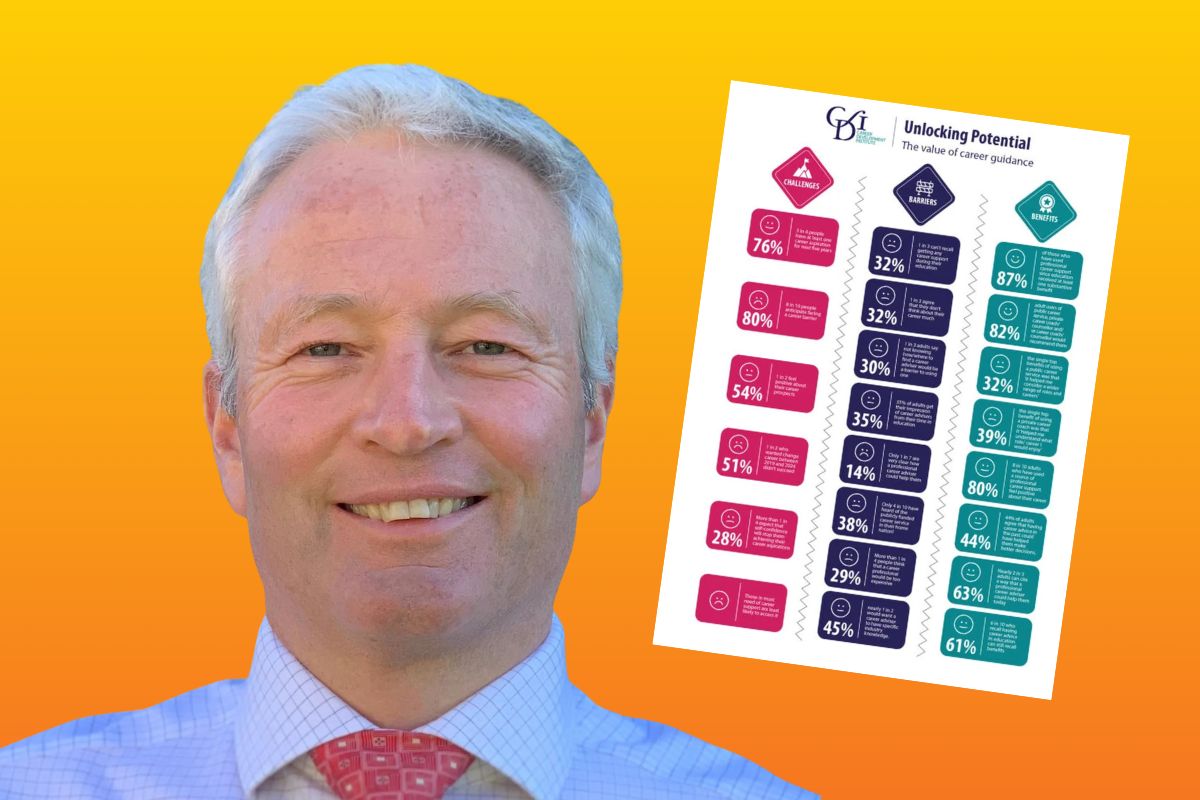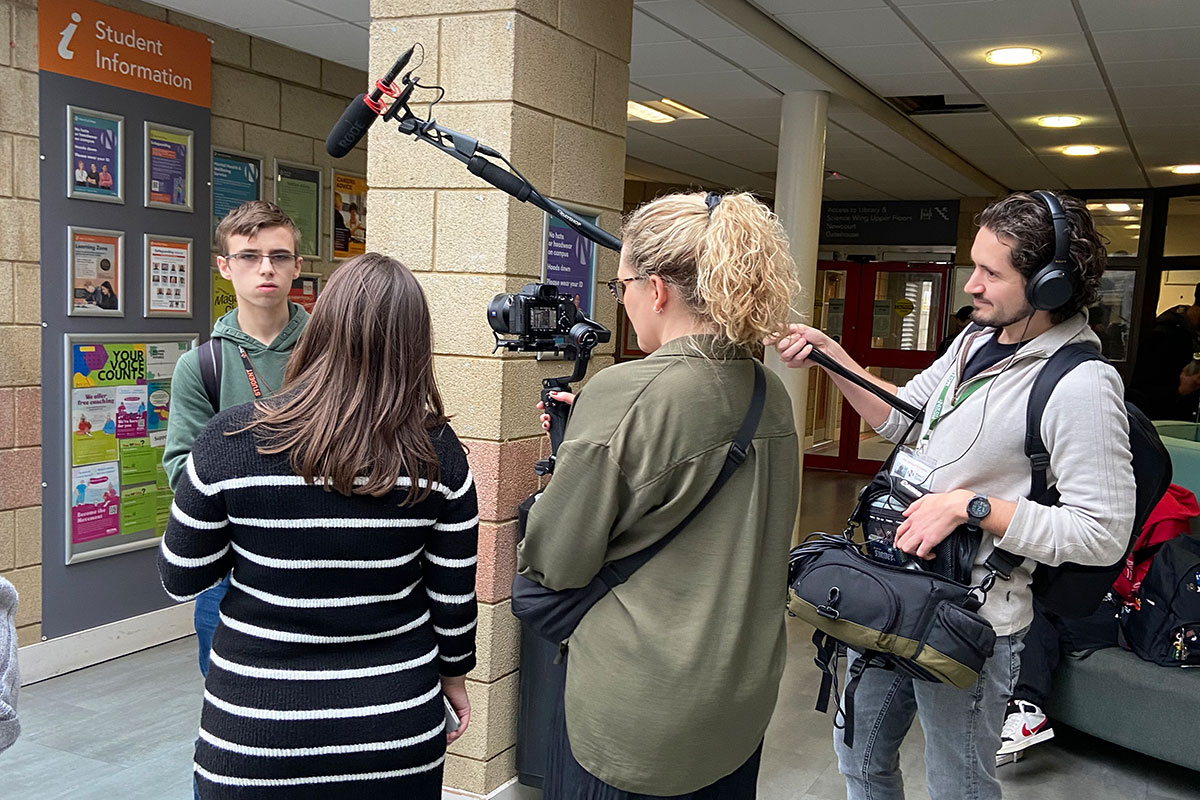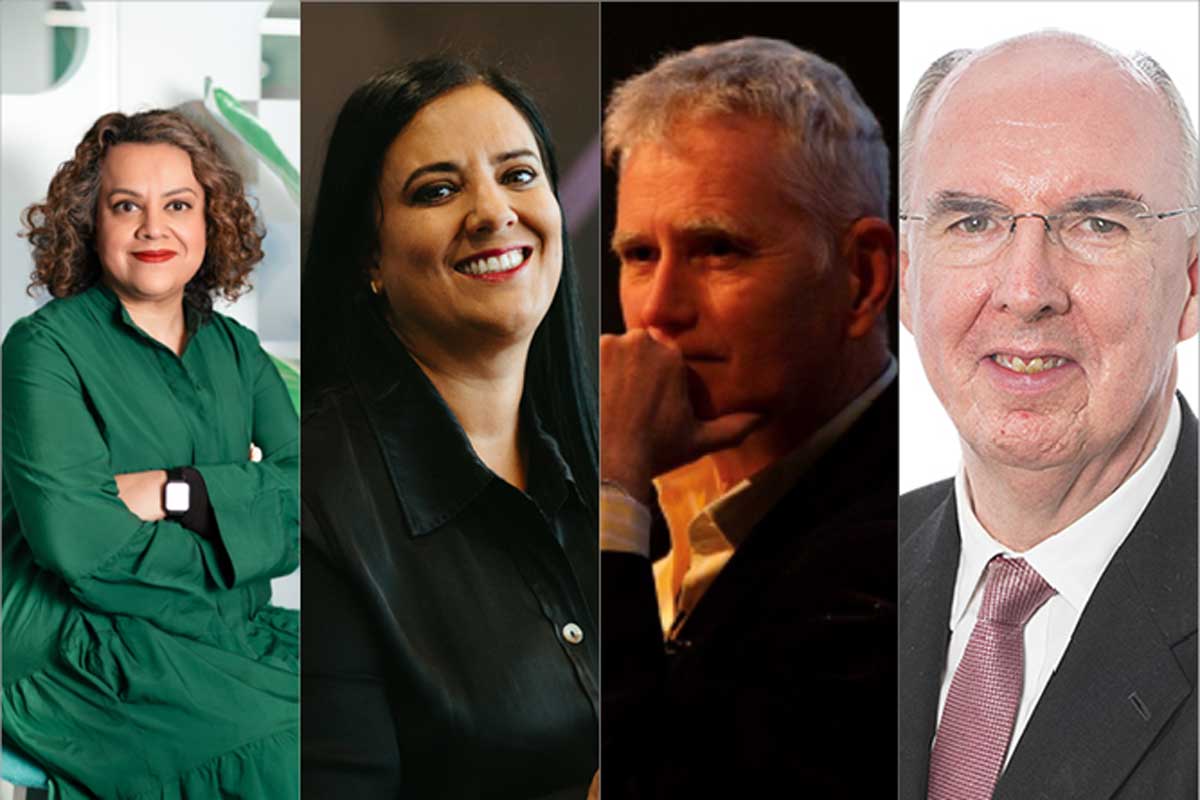UCAS record: 68% of medical-related degree applicants are female

A freedom of information request reveals 68% of applicants to medical-related degrees in the UK are female – an all-time high. Though applications from the EU dropped 19% in the last year.
The number of women applying to medical-related courses in the UK rose 15% between 2011 and 2021, according to UCAS data. Medical-related courses have 10% more female participation than the average for UK university courses.
Immense pressure on healthcare services in recent years hasn’t led to wavering interest in the profession. Overall applications for medicine-related courses increased by 29% over the last decade, and rose 32% in the last five years. By contrast, applications for university courses across all subjects only rose by 4% during the same period.
The data comes from a UCAS freedom of information request and was collated by specialist nursing & GP jobs recruiters MCG Healthcare. It covers the last 10 years of applications for courses in pre-clinical medicine, dentistry, complementary medicine and the whole range of medical-related fields.
EU medical-related applications decreasing
Despite the record high for medical-related degree applications, the data shows that applications from students from EU countries dropped by 19% between 2020 and 2021.
This decrease may be caused by numerous factors, including the Covid-19 pandemic and Brexit – both of which transpired in 2020. These events have both restricted the ability to travel between the UK and the EU, making these likely causes for the drop in international medical-related degree applications.
Is the increase in female applicants reflected in the workforce?
Each year since 2011, the proportion of female medical-related course applications has been rising, but in both 2019 and 2020, there were still more new male doctors than new female doctors. The number of female doctors gaining a licence has increased by over a third (34%) since 2018, but the figure for new male doctors has gone up by 48%.
In 2015, applicants to medical courses were 63% female and 37% male. Yet in 2020 – when most of these people should have graduated* – just 43% of those joining the medical register** were female.
With record numbers (more than 27,000) of NHS staff leaving their jobs between July and September 2021, the government must find ways to attract more women into the medical profession post-graduation.
Ash Higgs, director at MCG Healthcare, shares his insight:
“Medical degree applications may be at a record high, but so is the demand for medical graduates. The NHS staff shortage rose to 50,191 in September 2021 and it will take at least three years until applicants could start to fill up these vacancies.
“Focusing on the achievements of women in medicine and using more women in medical marketing will encourage more women to study medicine – and remain in the profession after graduating.
“I would suggest that EU applications have dropped due to the pandemic and Brexit, and also the high cost of moving to (and living in) the UK. Compared to other EU countries, it is very expensive for EU students to study in the UK.
“There are also stressful working conditions to consider, but it’s great to see that renowned UK universities and the medical industry are still attracting young talent.”
Dr Aneesha Ahmad is a GP principal, medical student and GP registrars in training supervisor and medical director of Skyn Doctor. She shares her experience:
“In one of my first lectures at medical school, I recall being told that many of the women were unlikely to continue with their medical careers once graduated, due to childcare issues or similar responsibilities. Universities could do more to support mums with young children on campus and offer reassurances that mums can complete their education without neglecting parental duties. But you could also say that, in general, family culture needs to change to support women’s careers.
“While much has been done to address gender inequality in the medical industry, there are still fewer female doctors than male doctors. There’s little flexibility when training to become a GP or surgeon, with limited options for part-time training. As a result, it’s sometimes harder for women with family obligations to manage careers in the field. The latest figures show that the proportion of NHS doctors who are women is growing every year, and yet they’re still in the minority in senior roles.”











Responses